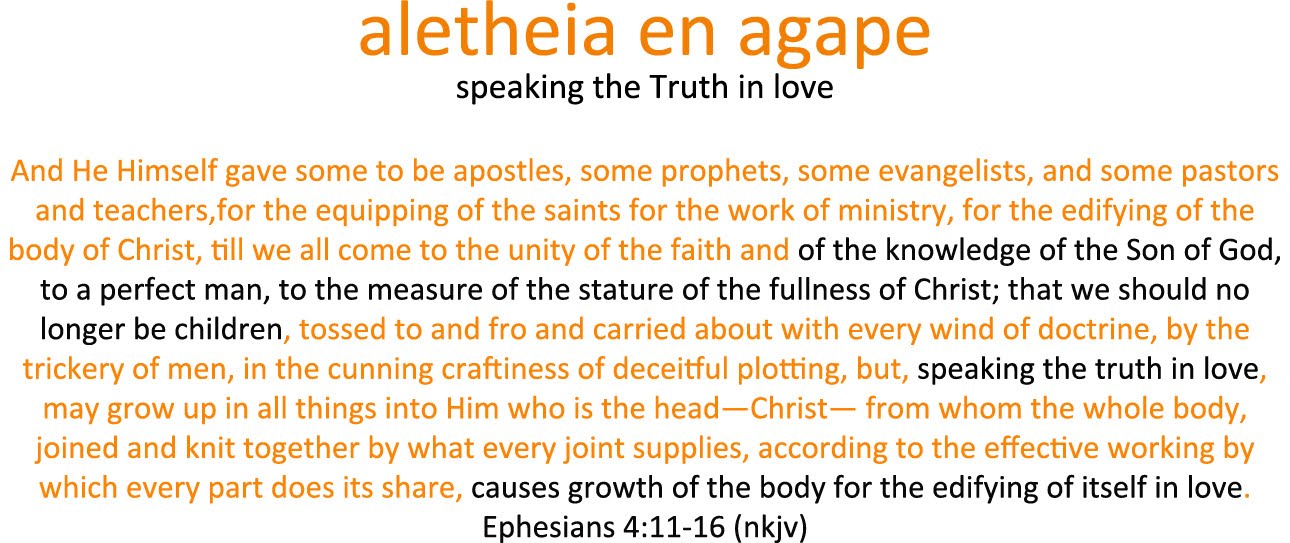The House Church: A Missiological Model
by Del Birkey - This article was originally published in Missiology: An Inernational Review 19:1 (Jan, 1991).
This article focuses on the house churches of the New Testament and their unique socio-physical structure. Since all the churches of the New Testament were communities small enough to meet in somebody's private home, certain theological and sociological ramifications arise out of this stark reality. From this data we can observe a "missionary model" which has relevancy for contemporary mission and church planting. Examples of effective church decentralization in the Two Thirds World further support this thesis.
The house-church structure was de facto the working model during the first few centuries of the church's missionary advance. This fact and its implications are generally downplayed. Nevertheless, house churches are again becoming a recognized force at the end of the twentieth century.
To read the entire article, click HERE or go to http://www.hccentral.com/birkey1/mismod1.html
Summary and Conclusion
Summary implications for mission strategy emerge from our overview of New Testament and contemporary house churches:
First, the house-church structure was de facto the working model during the first few centuries of the church's missionary advance. This fact and its implications are generally downplayed. Nevertheless, house churches are again becoming a recognized force at the end of the twentieth century. Several decades ago Billy Graham noticed that "emphasis is increasing toward the 'house church' in many parts of the world. Perhaps the Holy Spirit is getting the church ready for trials such as the world has never known."32 Do these observations contain practical and eschatological relevance for the church's mandate in the face of mounting worldwide hostility33 and the impending return of our Lord?
Second, simple structures generally work better than complex ones, and are thus preferred, insists Professor of Management Reed E. Nelson. He observes that "the importance of this has recently dawned on American business corporations,... but many mission organizations are still mired in unnecessary complexity." He goes on to propose that (1) "it is better not to set up a new structure if an existing one can be used," and (2) it is best to seek for correspondence "between local societal patterns and ecclesiastical patterns," and (3) "rationality should not exclude spontaneity"; therefore, a minimalist structure will help "avoid stifling creativity, spontaneity, and celebration that are the hallmark of successful movements."34 What revitalization would occur, we wonder, if Western churches were ready to rethink structures and willing to move quite literally to the simpler church life and structure of a far earlier period? How much more effective would missionary church planting become if intentional, small-group "missionary model" churches were established--instead of exporting large, Western-style "sanctuary models"?
Third, the church in difficult places of our world is a lesson to the affluent church in the easy places. It shows that the easily corrupted "Great Congregation" of Western progress is not necessarily everywhere desired, nor even possible. The simple but dynamic small-group "missionary model" remains the basic working prototype for outreach and sustaining power, and possesses an inherent ability for discipline and self-correction (cf. Mt. 18:15-20). Perhaps Jesus meant for his disciples then and now to take "two or three" more seriously than we usually do.
In conclusion, the child who thought that real churches have buildings and graveyards made a telling observation, albeit humorously. More likely, a balanced understanding of what constitutes a real church is embedded in a viable house-church theology and experience. House churches cannot do everything sanctuary churches can, but they can do what is essential more excellently. They may not have graveyards, but, as someone observed, small congregations major on the resurrection of persons. As family remains the universal cultural norm, gathering with Jesus in a domestic experience of fellowship will also remain the most effective model of church life for resurrected people all over the world.



